
Kexue 'Shirley' Fu
付珂雪
HCI Researcher
I am always delighted to work and collaborate with brilliant minds!
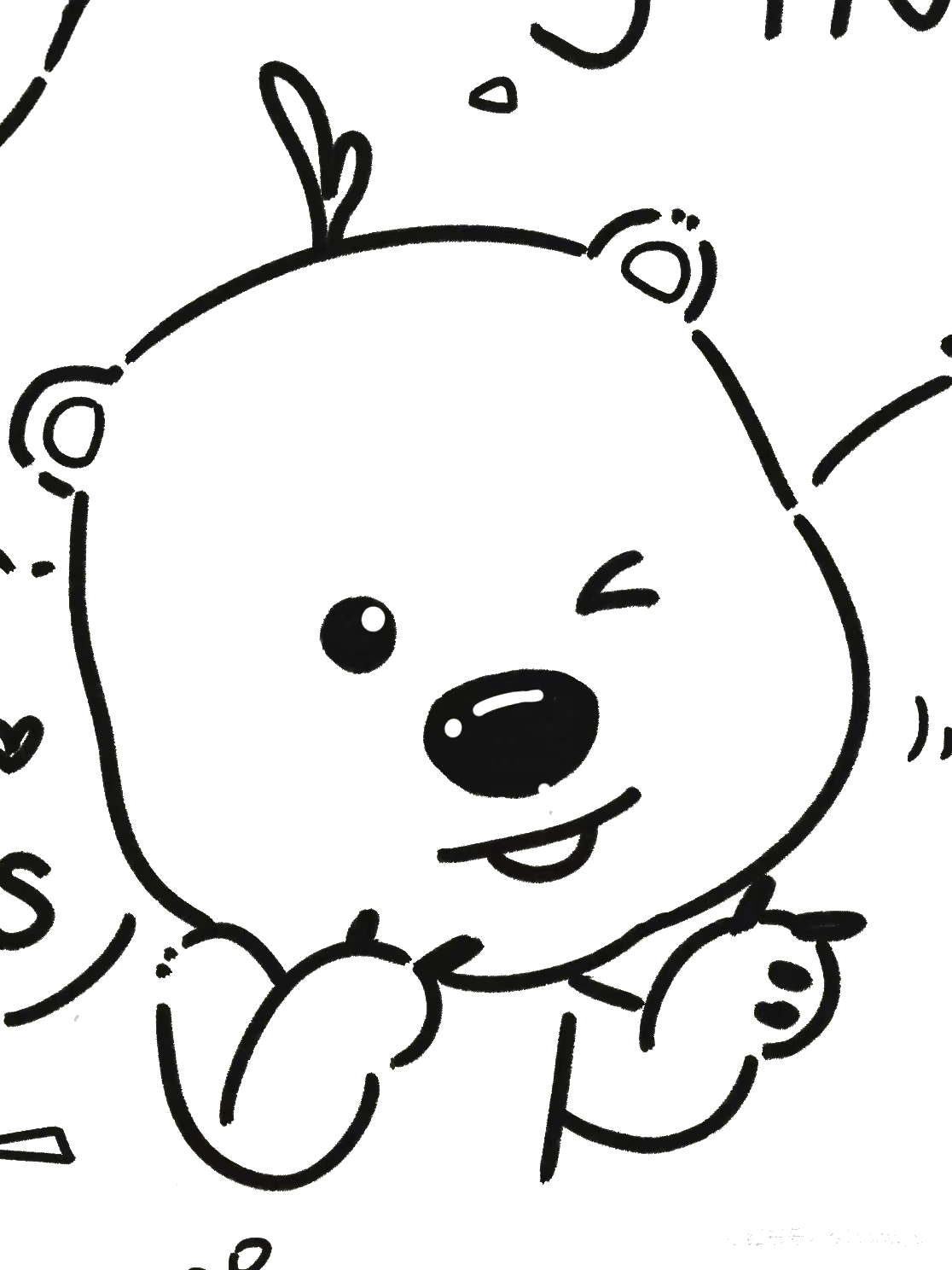 Hi there!
Hi there!
I am currently a third-year PhD candidate at City University of Hong Kong , working with Prof. RAY LC, Prof. Shengdong Zhao and Prof. Qinyuan Lei. I am also serving as a visiting scholar at University of Notre Dame, working with Prof. Toby Jiajun Li. My research focuses on empowering individuals in complex creative and communicative contexts that require inspiration, creativity, and nuanced support.
I design human-in-the-loop interactions that align AI with human mental models, drawing on cognitive psychology, communication theories, and insights from mixed-method empirical research. My recent research focuses on designing human-AI interaction interfaces and paradigms that leverage multimodality to support storytelling, facilitate knowledge transfer, and enhance creative insights.
News
Selected Publications
Cognitive Support of Human-AI Interaction Paradigms
-
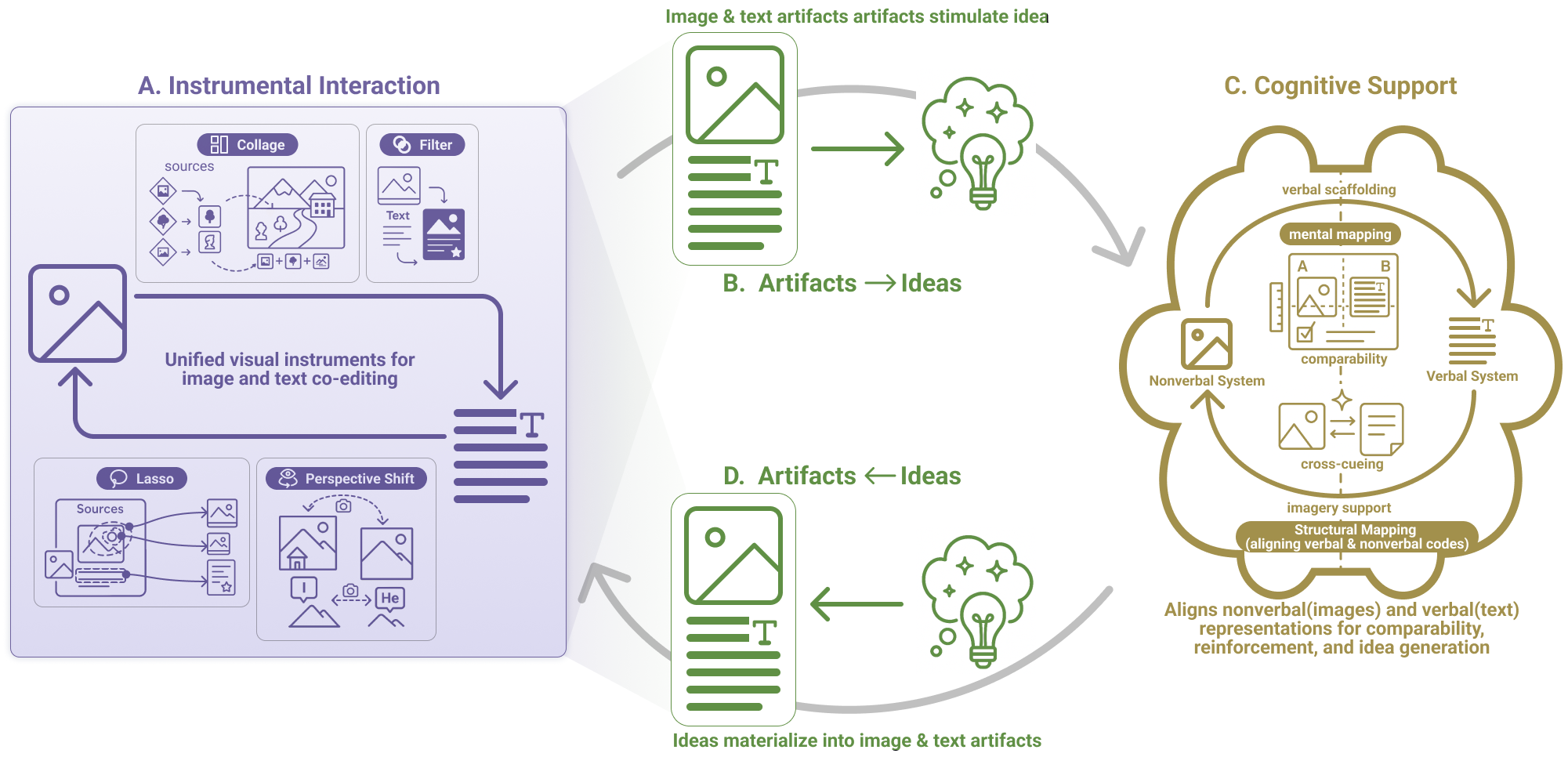 Vistoria: A Multimodal System to Support Fictional Story Writing through Instrumental Text–Image Co-Editing
Vistoria: A Multimodal System to Support Fictional Story Writing through Instrumental Text–Image Co-Editing -
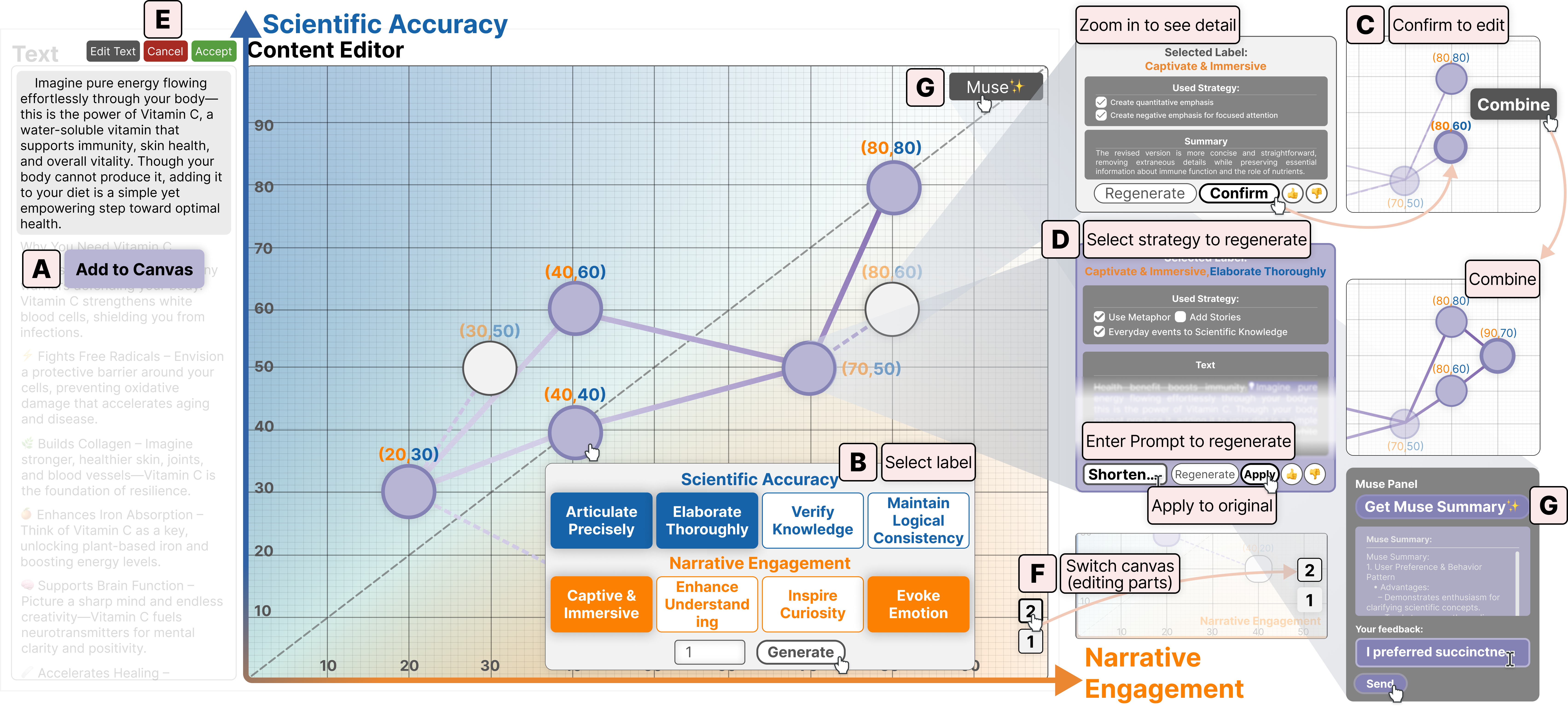 Spatial Balancing: Harnessing Spatial Reasoning to Balance Scientific Exposition and Narrative Engagement in LLM-assisted Science CommunicationWriting
Spatial Balancing: Harnessing Spatial Reasoning to Balance Scientific Exposition and Narrative Engagement in LLM-assisted Science CommunicationWriting -
 Crafting Memorable Science Stories: Harnessing the Power of Narrative Peaks in Online Science VideosMajor revision of ACM Transactions on Computer-Human Interaction (TOCHI)
Crafting Memorable Science Stories: Harnessing the Power of Narrative Peaks in Online Science VideosMajor revision of ACM Transactions on Computer-Human Interaction (TOCHI) -
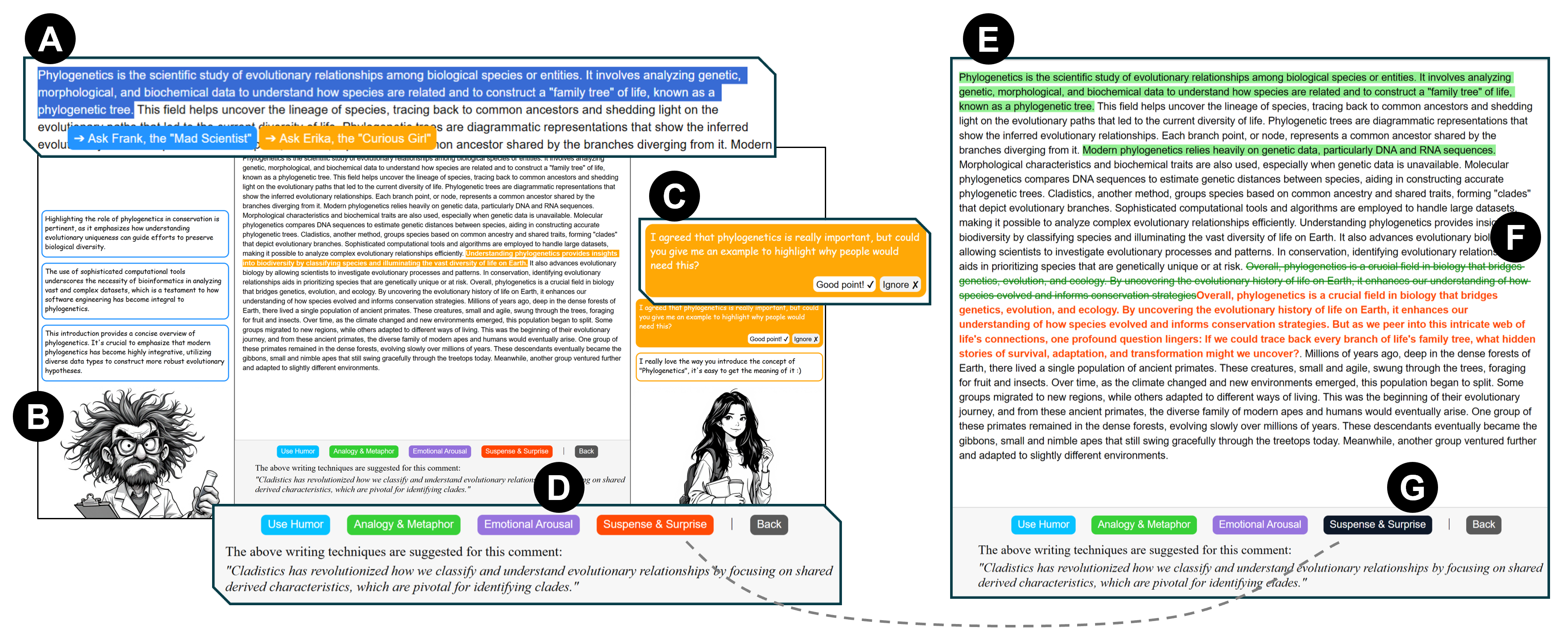 CHI
Extended Abstracts of the CHI Conference on Human Factors in Computing Systems (CHI EA '25)
CHI
Extended Abstracts of the CHI Conference on Human Factors in Computing Systems (CHI EA '25) -
 DIS
Proceedings of the 2024 Designing Interactive Systems Conference (DIS '24)
DIS
Proceedings of the 2024 Designing Interactive Systems Conference (DIS '24) -
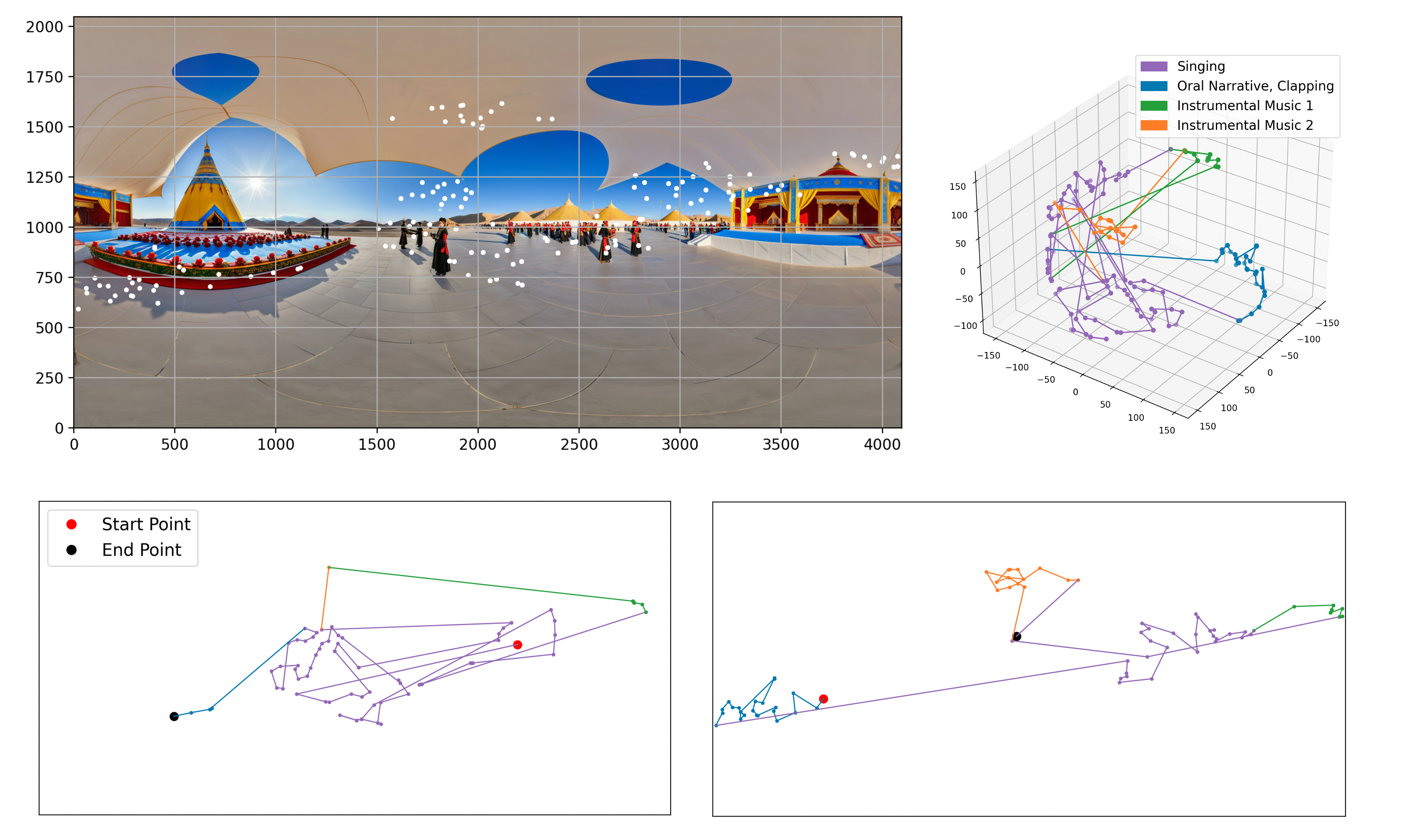 DIS
Proceedings of the 2025 Designing Interactive Systems Conference (DIS '25)
DIS
Proceedings of the 2025 Designing Interactive Systems Conference (DIS '25) -
 C&C
RetroChat: Designing for the Preservation of Past Chinese Online Social Experiences Honorable MentionProceedings of the 17th Conference on Creativity & Cognition (C&C '25)
C&C
RetroChat: Designing for the Preservation of Past Chinese Online Social Experiences Honorable MentionProceedings of the 17th Conference on Creativity & Cognition (C&C '25) -
 CHI
Proceedings of the 2023 CHI Conference on Human Factors in Computing Systems (CHI '23)
CHI
Proceedings of the 2023 CHI Conference on Human Factors in Computing Systems (CHI '23) -
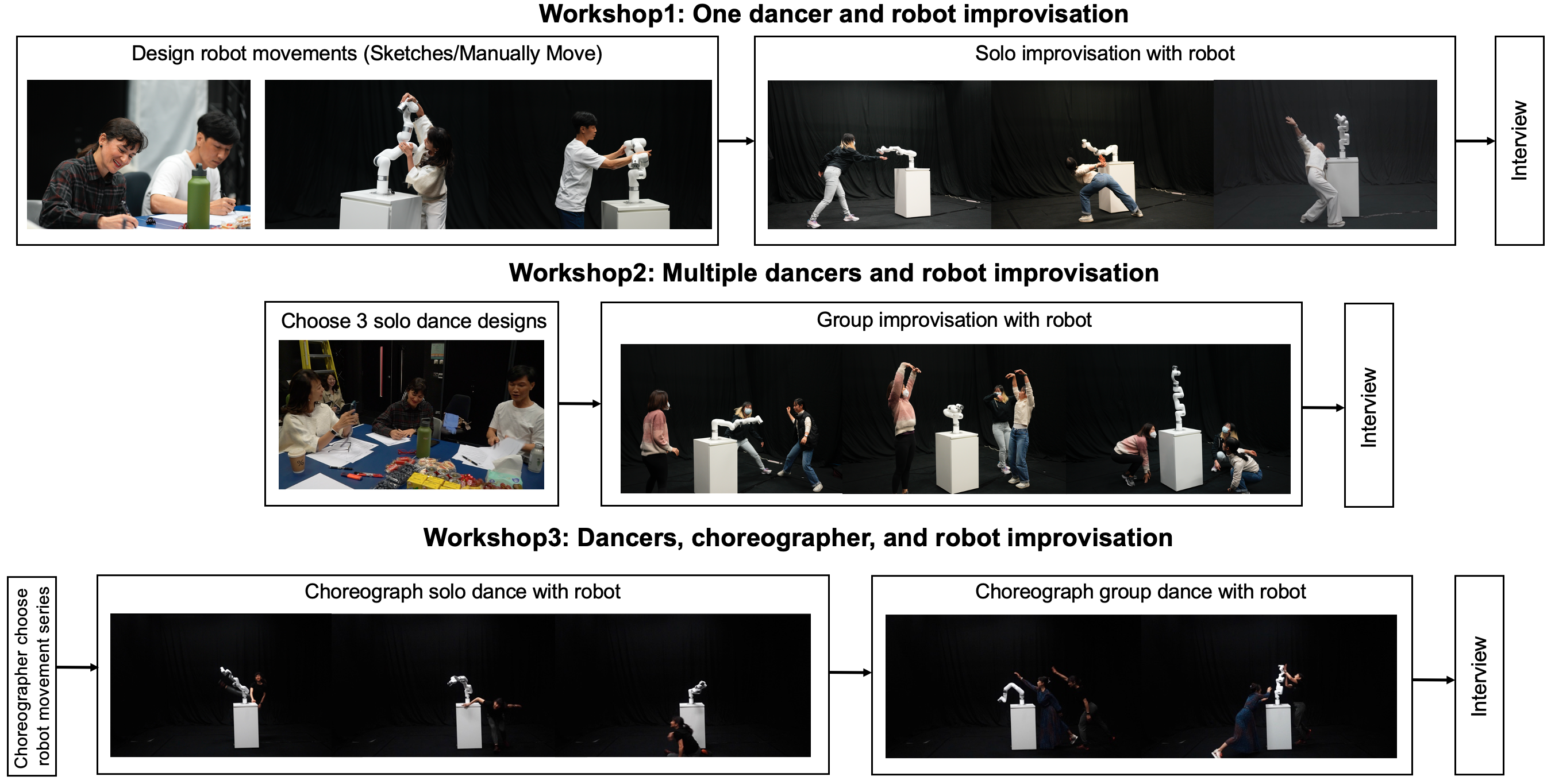 CSCW
Computer Supported Cooperative Work and Social Computing (CSCW '25)
CSCW
Computer Supported Cooperative Work and Social Computing (CSCW '25)
Human-AI Interaction to Support Science Communication
Human-AI Interaction Design to Support Digital Storytelling
Embodied Interaction for Empowering Creative Expression
Academic Service
- Reviewer for ACM CHI, DIS, C&C, IMX, SIGGRAPH Asia
- Program Committee Member for CHI LBW 2025
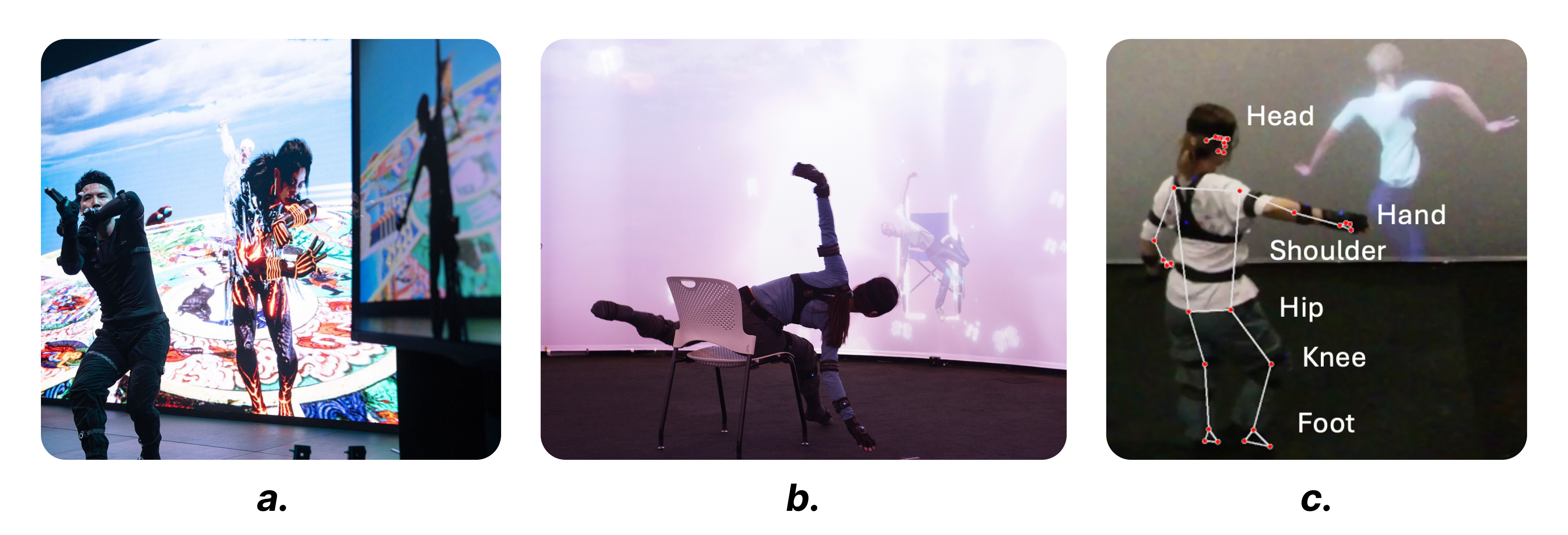 CHI
CHI